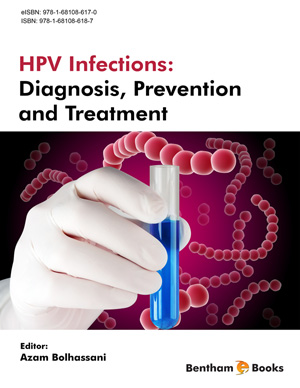Abstract
Human papillomaviruses are associated with various cutaneous or mucosal benign and malignant neoplasms. The majority of available data on routine HPV diagnostics has been focused on evaluating the cervix. There is limited data on the efficiency of HPV diagnostics in cutaneous lesions. The balance between analytical and clinical sensitivity is critical for the specificity of a routine HPV test. Furthermore, HPV16 and HPV18 confer a higher risk for the development of a cervical intraepithelial lesion 2+ compared to the other HPV high-risk types. Thus, it is suitable to detect these HPV types individually. Up till now, HPV diagnosis has been mainly based on DNA detection using available amplification methods. PCR techniques could be used as type-specific or consensus PCRs. Among the methods, the Hybrid Capture 2 test has become the gold standard in routine HPV testing due to its high clinical sensitivity and its relatively high specificity. Briefly, three tests have received FDA approval including CervistaTM, signal amplification; CobasTM HPV test, real-time PCR; APTIMATM HPV, RNA test. On the other hand, the broad cytology-based screening programs have reduced the incidence of cervical cancer by 70% in the developed world. However, more than 270,000 annual cervical cancer-related deaths occur in developing countries due to their inability to improve a high-quality cytologybased screening program. In this chapter, different diagnosis and screening methods of HPV infections are evaluated in women worldwide.
Keywords: Diagnosis, HPV infection, HPV test, Screening.






















